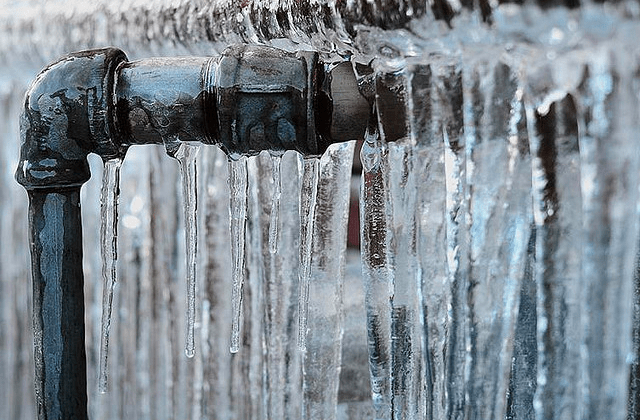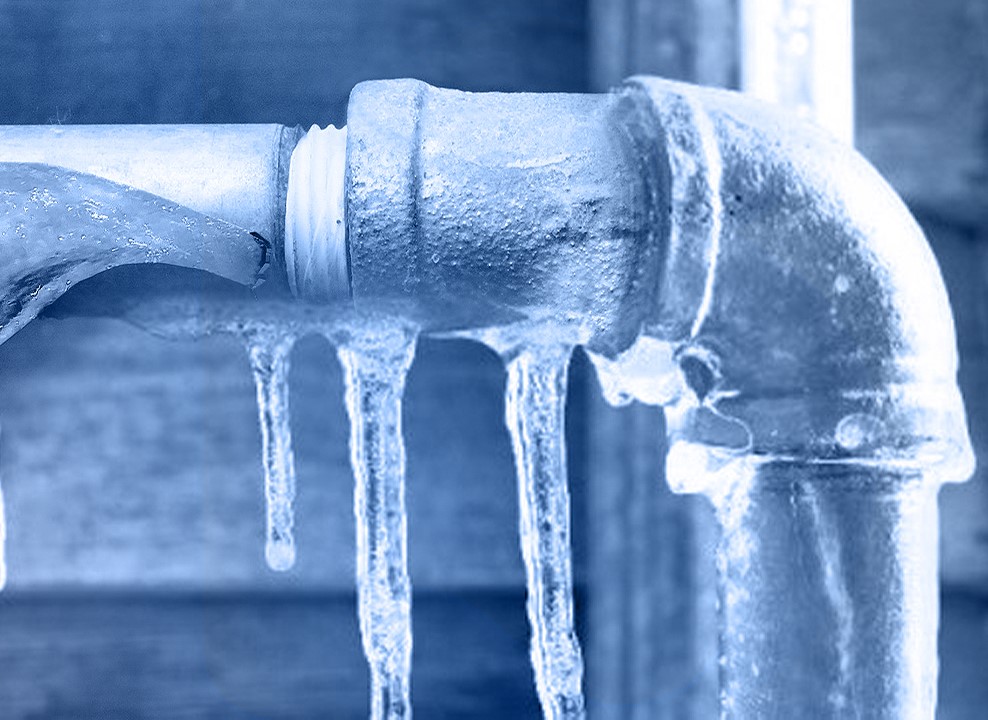Protecting Against Frozen Plumbing in Cold Weather: Pro Advice
Go ServicesHow do you actually feel when it comes to Winter Plumbing Precautions: Preventing Frozen Pipes?

Winter can damage your pipes, especially by freezing pipelines. Right here's how to prevent it from happening and what to do if it does.
Introduction
As temperatures decrease, the danger of icy pipes increases, possibly bring about costly repair services and water damage. Comprehending how to stop icy pipes is vital for property owners in chilly climates.
Prevention Tips
Shielding at risk pipelines
Cover pipes in insulation sleeves or use warm tape to secure them from freezing temperatures. Focus on pipes in unheated or external areas of the home.
Home heating strategies
Maintain indoor rooms properly heated up, particularly locations with plumbing. Open cupboard doors to allow warm air to flow around pipelines under sinks.
Just how to determine frozen pipes
Look for reduced water flow from faucets, unusual smells or noises from pipelines, and visible frost on exposed pipelines.
Long-Term Solutions
Structural changes
Take into consideration rerouting pipes far from exterior wall surfaces or unheated areas. Include extra insulation to attic rooms, cellars, and crawl spaces.
Upgrading insulation
Invest in high-quality insulation for pipelines, attic rooms, and walls. Correct insulation aids maintain consistent temperature levels and lowers the threat of frozen pipelines.
Protecting Exterior Pipes
Yard tubes and outside faucets
Disconnect and drain pipes garden tubes before winter season. Install frost-proof faucets or cover outdoor taps with shielded caps.
Understanding Icy Pipes
What causes pipes to ice up?
Pipelines ice up when subjected to temperatures below 32 ° F (0 ° C) for expanded periods. As water inside the pipelines freezes, it expands, putting pressure on the pipe wall surfaces and potentially triggering them to break.
Dangers and problems
Frozen pipes can bring about water system disruptions, home damages, and expensive repair services. Burst pipelines can flooding homes and cause comprehensive architectural damages.
Indicators of Frozen Water Lines
Recognizing icy pipelines early can prevent them from breaking.
What to Do If Your Pipes Freeze
Immediate actions to take
If you believe icy pipelines, maintain faucets open to soothe stress as the ice melts. Make use of a hairdryer or towels soaked in warm water to thaw pipelines gradually.
Verdict
Stopping frozen pipes calls for proactive steps and fast reactions. By understanding the reasons, indications, and preventive measures, property owners can secure their plumbing throughout winter.
6 Proven Ways to Prevent Frozen Pipes and Protect Your Home
Disconnect and Drain Garden Hoses
Before winter arrives, start by disconnecting your garden hoses and draining any remaining water. Close the shut-off valves that supply outdoor hose bibs and leave the outdoor faucet open to allow any residual water to drain. For extra protection, consider using faucet covers throughout the colder months. It’s also important to drain water from any sprinkler supply lines following the manufacturer’s directions.
Insulate Exposed Pipes
Insulating your pipes is an effective way to prevent freezing. Pipe insulation is readily available at home improvement stores and is relatively inexpensive. Pay close attention to pipes in unheated areas such as the attic, basement, crawl spaces, or garage. Apply foam insulation generously to create a buffer against the cold. You can also wrap your pipes in heat tape or thermostat-controlled heat cables for added warmth.
Seal Air Leaks
Inspect your home for any cracks or openings that could let in cold air. Seal any holes around the piping in interior or exterior walls, as well as the sill plates where your home rests on its foundation. Additionally, make sure to keep your garage door closed unless you’re entering or exiting. Leaving it open creates a significant air leak that can lead to frozen pipes.
Allow Warm Air Circulation
During cold snaps, it’s essential to allow warm air to circulate evenly throughout your home. Leave interior doors ajar to promote better airflow. Open kitchen and bathroom cabinets to help distribute heat consistently around the rooms. If you have small children or pets, be sure to remove any household chemicals or potentially harmful cleaners from open cabinets for safety.
Let Faucets Drip
A small trickle of water can make a big difference in preventing ice formation inside your pipes. When temperatures drop significantly, start a drip of water from all faucets served by exposed pipes. This continuous flow helps prevent the water from freezing. Additionally, running a few faucets slightly can relieve pressure inside the pipes, reducing the chances of a rupture if the water inside does freeze.
https://choateshvac.com/6-proven-ways-to-prevent-frozen-pipes-and-protect-your-home/

Do you really like more info about How to prepare your home plumbing for winter weather? Write a comment down the page. We would be pleased to find out your reactions about this content. We hope that you visit us again in the near future. You should pause to distribute this write-up if you enjoyed reading it. I praise you for your time. Kindly visit our blog back soon.
Visit My Web Page